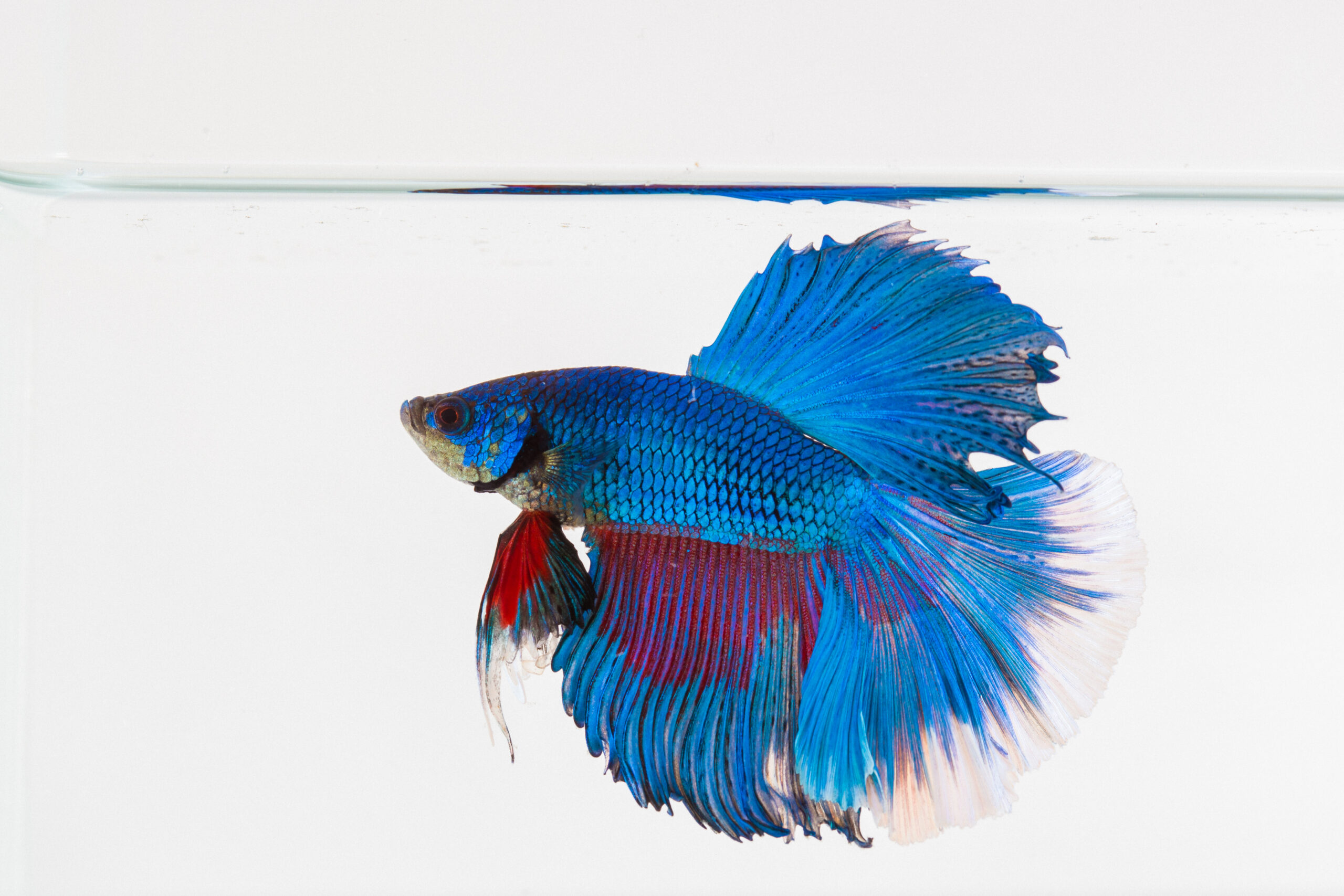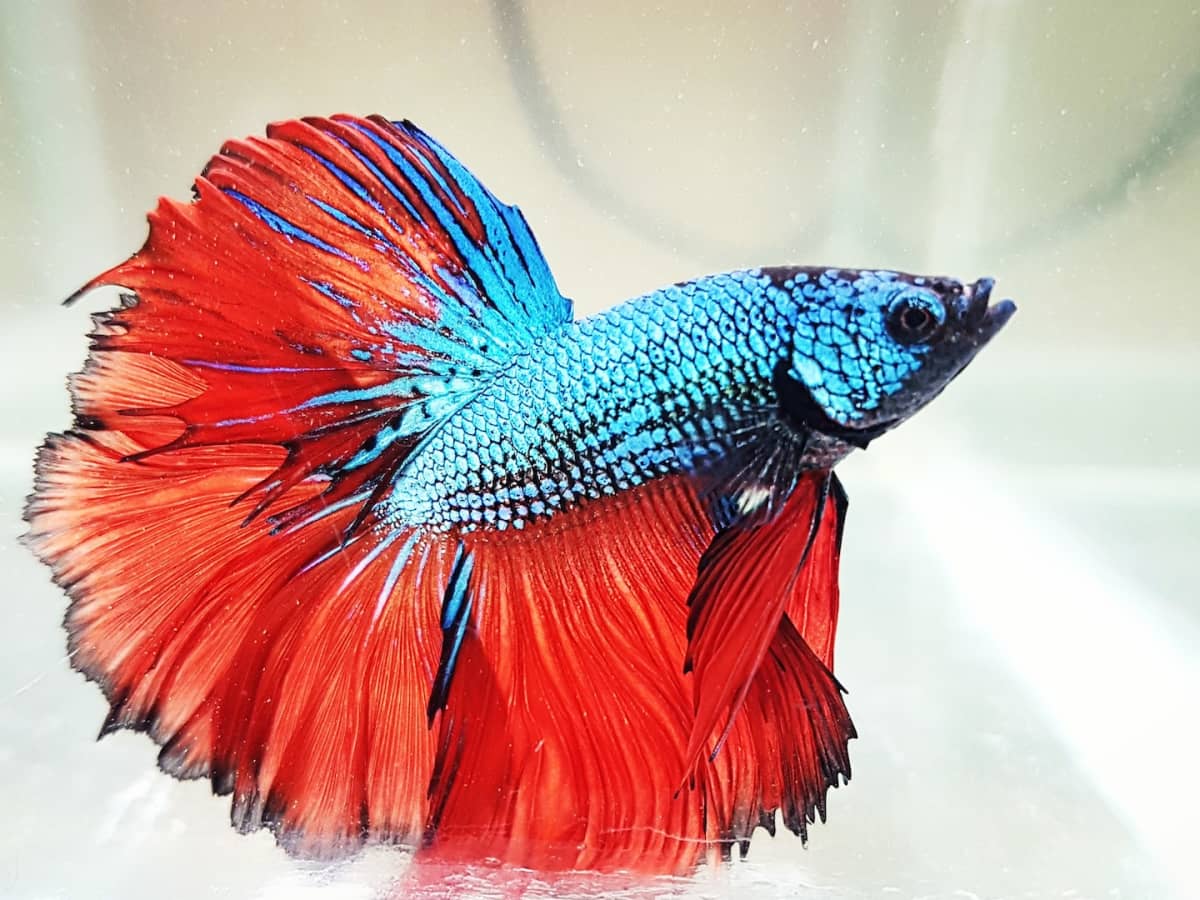Common Betta Fish Conditions and Just How to stop Them
Just How to Breed Betta Fish Efficiently: Professional Methods and Insights for Hobbyists Wanting To Expand Their Betta Collection
Breeding Betta fish requires a nuanced understanding of genetics and environmental problems, making it important for enthusiasts to come close to the process with both persistance and treatment. Producing an ideal reproduction atmosphere, picking the ideal sets, and observing the ins and outs of their courtship habits are fundamental actions that can considerably affect the result. The subsequent care of the fry is vital for guaranteeing their healthy and balanced growth. As we check out these vital parts, it ends up being clear that successful breeding is not nearly the preliminary pairing however incorporates a broader method that qualities cautious consideration.
Understanding Betta Fish Genes
Recognizing the genetics of Betta fish is important for effective breeding, as it affects characteristics such as color, fin form, and behavior. Betta fish display a diverse variety of shades and patterns, mostly established by their hereditary make-up.
Along with coloration, fin morphology is another substantial facet of Betta genes (betta fish). The sizes and shape of fins are affected by different genetics, consisting of those that figure out whether the fins are brief, long, or veil-shaped. Recognizing these hereditary variants assists dog breeders anticipate the phenotypic end results of their spawn
Moreover, behavioral attributes such as aggression and territoriality can also be affected by genes. These habits play a vital function in the reproducing process, as they can affect spawning success and the general character of the resulting fry. By comprehensively comprehending these genetic concepts, dog breeders can make educated decisions, ultimately enhancing their reproduction programs and attaining desirable results.
Preparing the Reproduction Environment
Developing an optimal reproduction setting is crucial for the effective recreation of Betta fish. The first step in preparing this environment is to select an appropriate breeding container, ideally varying from 5 to 10 gallons.
Next, think about making use of a sponge filter or an air stone to give gentle water flow without developing strong currents that can emphasize the fish. It is vital to install plants or reproducing cones to offer concealing spots and advertise convenience for the female throughout the spawning process. Floating plants, such as Java moss or water sprite, can likewise produce a more natural setting while helping with bubble nest structure by the man.
Before presenting the reproducing sets, guarantee the water is conditioned and without hazardous chemicals, such as chlorine or heavy steels. betta fish. Routine water changes must be performed to maintain optimum water quality, improving the opportunities of effective reproduction. With these preparations in place, the reproducing environment will certainly support the health and wellness and well-being of both Betta fish
Picking Breeding Pairs
Choosing the appropriate breeding pairs is important for accomplishing successful Betta fish reproduction. Healthy Betta fish show lively shades, clear eyes, and energetic habits.
Personality is another important factor to consider, as Betta fish are known for their aggressive nature. It is suggested to pick a male and lady that show suitable characters to reduce tension throughout the reproducing process. A tranquil male can urge a smoother courtship, while a woman that is also aggressive may interfere with the procedure.
Hereditary background likewise plays a considerable duty in the quality of the children. Reproducing fish that are genetically varied can minimize the threat of hereditary health and wellness concerns and boost the general vitality of the fry. It is beneficial to research the family tree of both the male and female, concentrating on desirable qualities such as fin type, color scheme, and size.
The Reproduction Process
The reproduction procedure of Betta fish click this calls for cautious planning and attention to information to ensure a successful result. It is vital to prepare a suitable breeding this content tank, preferably a 5-10 gallon aquarium with a temperature preserved at 78-80 ° F. The tank must be furnished with a heating system, filter (preferably sponge kind to prevent strong currents), and a lot of marine plants for the woman to hide.
Once the environment is established, introduce the selected breeding set to the container, enabling them to accommodate. Observe their habits; the male will certainly present intricate courtship routines, including flaring his fins and building a bubble nest. If the woman shows rate of interest, she will certainly show vertical red stripes showing preparedness for spawning.
When the female is responsive, the set will engage in a mating welcome, throughout which the male fertilizes the eggs. Keeping optimal water problems throughout this duration is important for the development of healthy Betta fry.
Taking Care Of Betta Fry

Feeding Betta fry is vital, as they require a diet plan high in healthy protein. They can be fed infusoria or fluid fry food, transitioning to finely smashed top quality pellets as they grow. Feed little sections several times a day to motivate healthy development without overwhelming the tank with uneaten food.

As they mature, check their growth carefully and separate any kind of hostile people to protect against harm. By supplying a nurturing atmosphere and proper nutrition, enthusiasts can effectively raise Betta fry into lively, healthy and balanced fish, inevitably improving their reproduction undertakings.
Conclusion
Successful Betta fish breeding requires meticulous interest to genetic selection, ecological conditions, and take care of the fry. By understanding the genetics of Betta fish and preparing an ideal breeding environment, hobbyists can improve the opportunities of producing vibrant, healthy and balanced spawn. Picking suitable reproduction pairs and carefully keeping an eye on the courtship and spawning processes are essential. Supplying optimal care for the fry guarantees their healthy and balanced advancement, adding to a growing Betta collection.